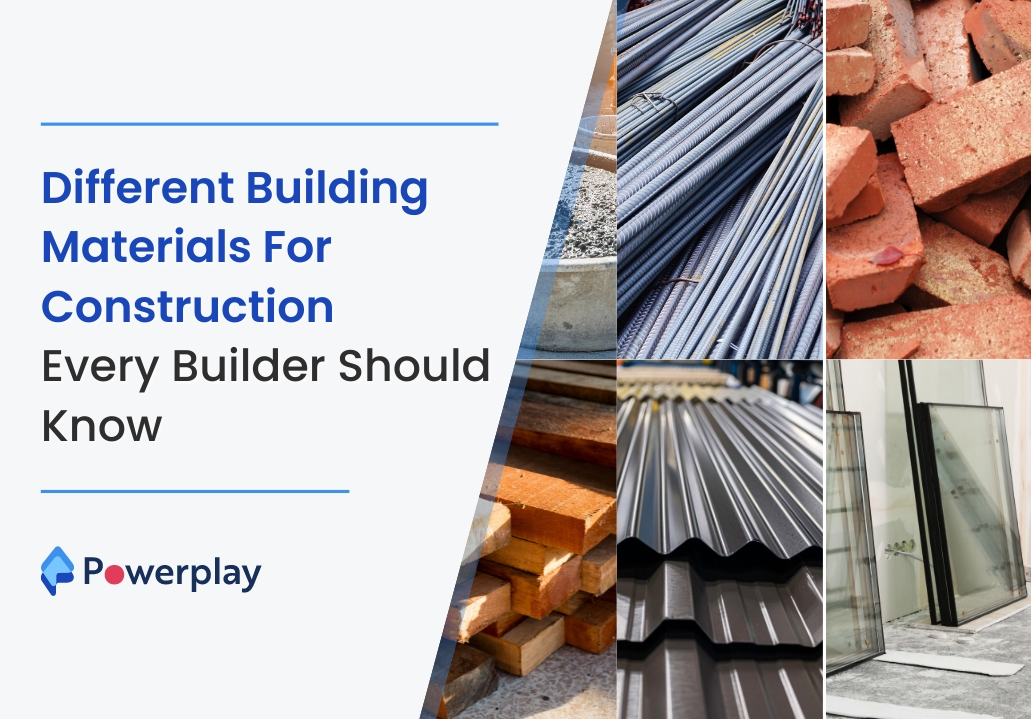What is RCC Building in Construction?
-
Kumar Abhishek Anand
- October 23, 2023

RCC buildings have become the most common trend in the building industry in India because of their durability, strength, low cost, and many other attractive features. A combination of concrete and steel reinforcement that is cast into one piece and that works as a monolithic element can be referred to as Reinforced Concrete. Both concrete and reinforcement are combined to form the building block of construction because of their properties that complement each other. Concrete is weak in tension and strong in compression whereas steel is weak in compression and strong in tension, because of these alternate properties Reinforced Concrete can resist both tensile and compressive stresses acting on the structure. Steel has a very high ultimate tensile strength that assists the structure to bear the tensile stresses.

The combination of concrete and steel is very effective because as the concrete hardens on curing, it adheres firmly to the steel rods and protects it from corrosion, the hydration of cement causes an alkaline medium. The reason for their monolithic behaviour is also because both of them have approximately the same coefficient of linear expansions. Also, the physical and mechanical properties of both these materials do not get affected during temperature variations within a range of -40℃ to 60℃ which makes it possible to use in almost all climatic regions.
Commonly used Reinforced Concrete
There has been significant development in the last few decades in RCC concrete with the demands of strength and durability against several factors. These developments have occurred in the form of new types of reinforced concrete such as fibre reinforced concrete (FRC), Carbon Concrete, Autoclaved Concrete, lightweight reinforced concrete, high-performance concrete, etc.
Three mostly used reinforced concrete types are:
01 – Fibre Reinforced Concrete- These are mainly used in modern-day buildings and overlays in the pavement. The fibres used in this type of reinforced concrete are organic, mineral, and steel fibres. All sections of concrete built with FRC have equivalent tensile strength. Also, the overall cost of using steel fibres or other fibres in place of steel rods as reinforcement is reduced.

02 – Polymer Concrete– It is made by fully replacing the cement hydrate binders of conventional cement concrete with polymer binders. It has better strength, adhesion, chemical and abrasion resistance, etc than ordinary cement concrete. The hardening of polymeric concrete occurs due to the polymerization of binders at ambient temperatures.

03 – Ferrocement Concrete– It is made by combining wire meshes with cement mortar. It is highly versatile and lightweight reinforced concrete which can be fabricated into any desired shape. It is preferred because of its properties such as easy to construct, low material cost, longevity, better resistance to earthquakes, etc.

Advantages of RCC
- Reinforced concrete has better compressive and tensile strength when compared to other building materials.
- RCC Buildings are more durable than other buildings.
- Reinforced concrete can be moulded into any shape before the hardening of the mix.
- RCC buildings have a long life and low maintenance costs.
- RCC buildings have better resistance to fire than steel structures only.
- The construction of RCC buildings requires less-skilled workers as compared to the construction of steel structures.
Disadvantages of RCC
- The tensile strength of reinforced concrete is only about one-tenth of the compressive strength.
- There are various steps involved in constructing an RCC building such as mixing, casting, and curing. All these steps if not followed properly might alter the final strength of the RCC.
- The extra cost of installing and removing formwork before and after pouring concrete.
- Shrinkage in RCC buildings after hardening may cause crack development and strength loss.
Share
Kumar is a digital content professional with more than 2 years of experience in Blog writing, copywriting and scripting. His passion lies in the art of creating convincing content that plays a major role in converting leads for SAAS businesses.












